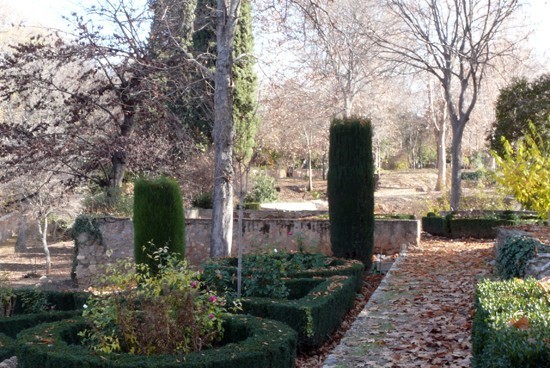 BACK
BACK
The Catalan’s villa
The Catalans’ Villa is located in the southeast, adjacent to the Alhambra Wood, also known as the Split Rock.
 Make your selection to discover more places
Make your selection to discover more places
Its name refers to the Miralles family, who have owned it in the early 20th century, when they acquired the property from the heirs of Doña Isabel de los Cobos and Don Antonio Porcel (1775-1832), who was a well-known jurist, academician and member of parliament in the Legislative Assembly of Cadiz (Cortes de Cádiz).
As a token of his friendship, Francisco de Goya painted lovely portraits of them, which were kept in the house till 1887, when they were sold. Doña Isabel’s portrait hangs in the National Gallery of London; Don Antonio’s portrait was lost in fire in Argentina in 1906.
The site is embellished by a late nineteenth Century atmosphere, particularly the garden, with its water displays, trails, pergolas, and lookout points, all of which still remain.
During the first era of the Nasrid rule, numerous silos were dug to store provisions in. While the rulers were setting up their residence in the city, military expeditions were sent out far and wide. There was at least one large cemetery in the city. The cemetery was also used as a campsite for the army, which was mustered and paraded up and down the gentle slope.
As the Christian Conquest neared, many of the silos were used to hold Christian captives, who were kept by the Muslims until an exchange of prisoners could be arranged. It is said that early in the morning, on 2 January 1492, the Catholic Monarchs’ troops having marched from the Gate of the Seven Floors (Puerta de los Siete Suelos), came through this area before seizing the Alhambra.
The historical and cultural features of the terrain have been altered very little. The two towers, the stretch of wall, and the silos are a wealth of potential archaeological information.
Equally noteworthy is the layout of the various Gardens, with lookout points in strategic spots and an overall sense given that locations were selected that blended in with the surroundings and provided a sense of intimacy, which was a characteristic of the Grenadians of the late nineteenth century.
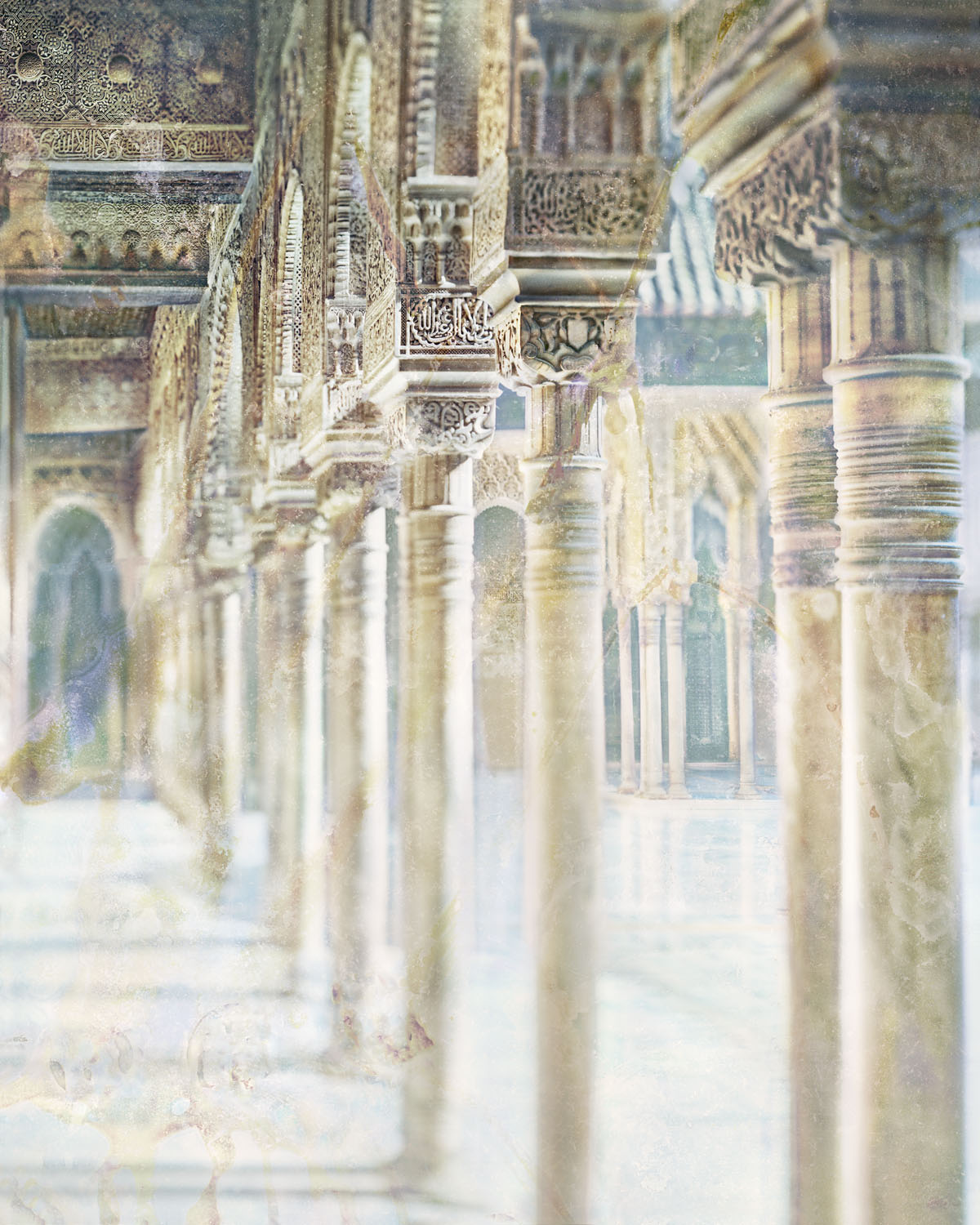
La Alhambra, a look from Fernando Manso
MORE INFORMATION
WASHINGTON IRVING AND THE ALHAMBRA
MORE INFORMATION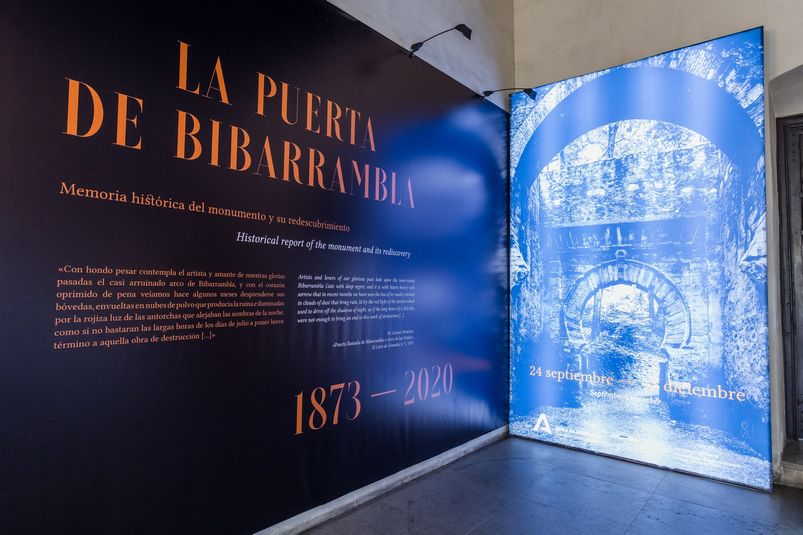
THE GATE OF BIBARRAMBLA. Historical report of the monument and its rediscovery
MORE INFORMATIONTHE EMPEROR´S CHAMBERS
MORE INFORMATION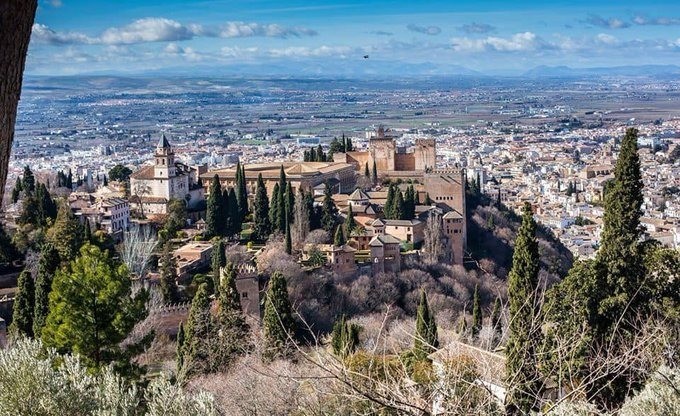
The Council of Alhambra and Generalife will refund automatically the full amount of the bookings
MORE INFORMATION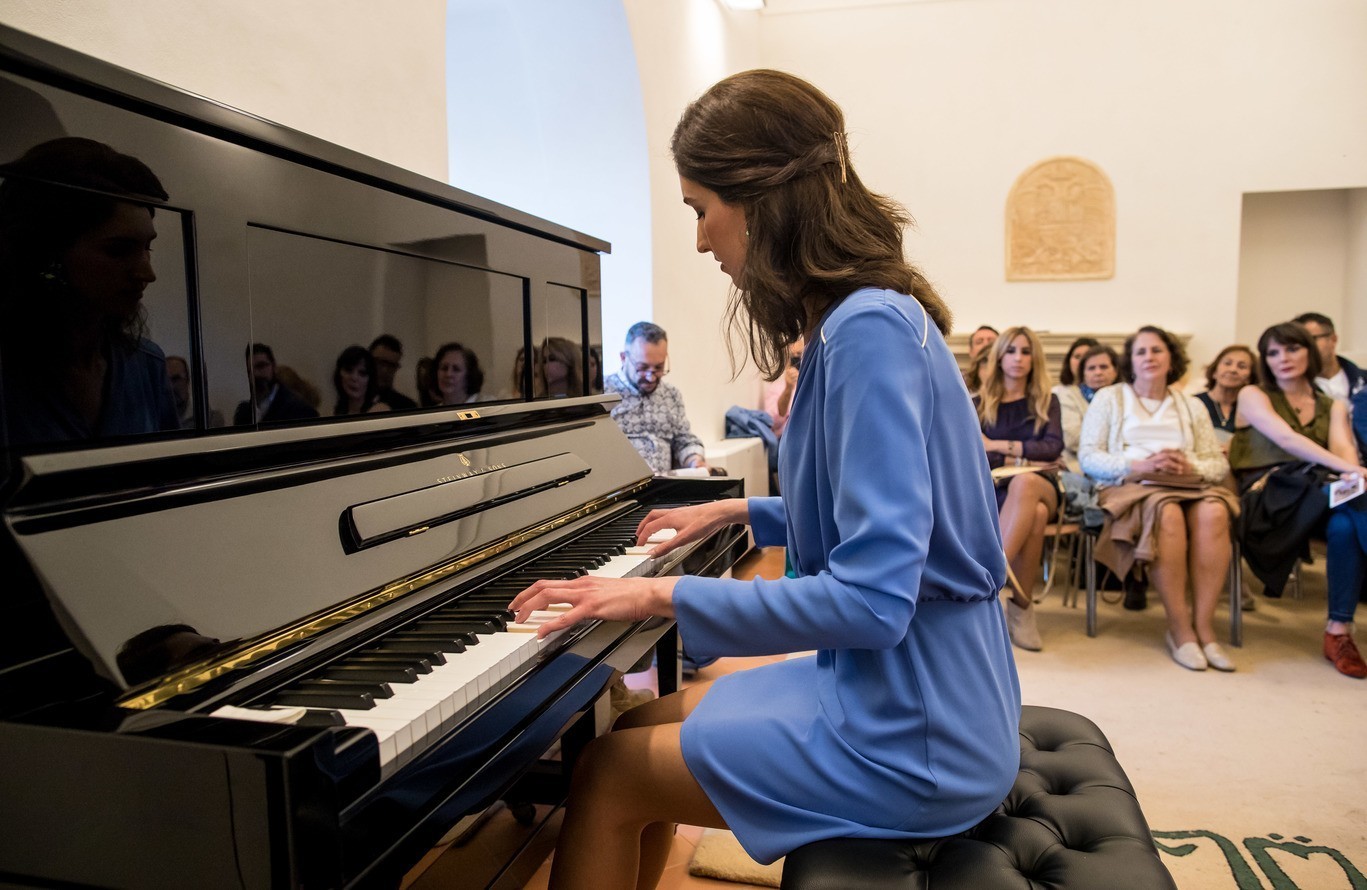





 Contact
Contact






